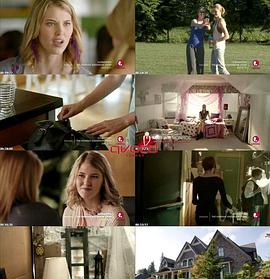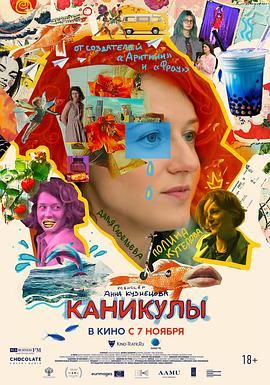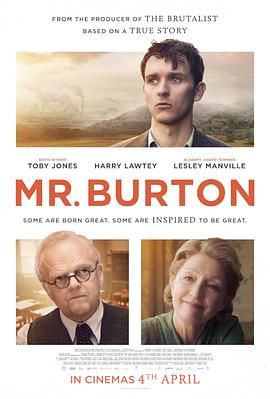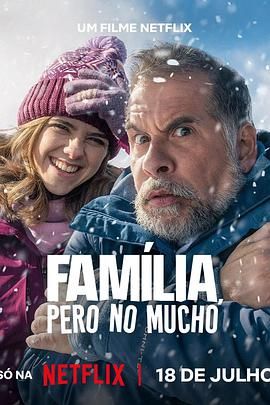
- O somma luce
- 主演:Giorgio Passerone
- 类型:剧情
- 导演:让-马里·斯特劳布
- 地区:法国
- 年份:2010
- 语言:其它
- 备注:HD
- 更新:2023-08-16
- 播放列表 深夜宅男福利
- FF
- KC
- LZ
倒序↓顺序↑
- 简介
转自:http://www.filmlinc.com/nyff/2010/views-from-the-avant-garde-friday-october-1/views-from-the-avant-garde-jean-marie-straub
“The end of paradise on earth.”—Jean-Marie Straub
The 33rd verse and last chant of “paradise” in Dante’s Divine Comedy. The film starts with verse 67, “O somma luce…” and continues to the end. “O Somma luce” recalls the first words uttered by Empedocles in Danièle Huillet and Jean-Marie Straub’s 1987 The Death of Empedocles—“O himmlisch Licht!…” (O heavenly light!). This extract from Hölderlin’s text is also inserted into their 1989 film Cézanne.
“O somma luce” invokes utopia, or better still “u-topos,” Dante, Holderlin, Cézanne… the camera movement, recalling Sisyphus, in the film’s long shots, suggests its difficulty.
In O somma luce, with Giorgio Passerone’s Dante and the verse that concluded the Divine Comedy, we find at the extremity of its possibilities, the almost happy speech of a man who has just left earthly paradise, who tries to fully realize the potential of his nature. Between the two we find the story of the world. The first Jean-Marie Straub film shot in HD.
So singular are the textual working methods of Straub-Huillet, and now Straub on his own, that it is hard to grasp how far reaching they are. Direction is a matter of words and speech, not emotions and action. Nothing happens at the edges, everything is at the core and shines from there alone.
During the rehearsals we sense a slow process by which ingredients (a text, actors, an intuition) progress towards cohesiveness. It is, forgive the comparison, like the kneading of dough. It is the assembling and working of something until it becomes something else… and, in this case, starts to shine. Actually it’s very simple, it’s just a question of opening up to the light material that has been sealed up. Here, the process of kneading is to bring to life and then reveal. The material that is worked on is speech. So it is speech that becomes visible—nothing else. “Logos” comes to the cinema.
The mise en scène of what words exactly?
The process of revealing, “phainestai”; “phainomenon,” the phenomenon, is what take splace, what becomes visible to the eye.
Is “Straubie” Greece?
This mise en scène of speech, which goes beyond a close reading of the chosen text, is truly comes from a distant source.—Barbara Ulrich
- 下载地址
- 相关影片

坏女孩
克丽斯滕·齐恩,莎拉·格雷
剧情
0/加拿大
正片

无处安身
阿尔菲·巴斯,琼·霍普金斯,约翰·斯图尔特,德里克·法尔,霍华德·马里昂-克劳福德,爱德华·查普曼,约翰·贝利
剧情
1949/英国
超清

无尽假期
达里亚·萨维列娃,鲍丽娜·库捷波娃,伊琳娜·诺索娃,Magoga Machulskaya,Marfa Ivanova,Egor Leontev,安德烈·佩尔米亚科夫,Serafima Frolova,Kira Satunkina,Ekaterina Tkachuk,Polina Khodzhevanova,Angelina Bokova,Mikhail Bychkov,Maksim Vorozhnin,Mariya Minenkova,Aleksey Fokin,拉丽萨·马基娜
剧情
2023/俄罗斯 / 芬兰
正片

伯顿先生
哈利·劳蒂,托比·琼斯,莱丝利·曼维尔,阿奈林·巴纳德,艾米-费欧‧爱德华兹,汉娜·纽,卡瑞斯·鲍克特,斯特凡·罗德里,理查德·艾尔芬,Osian Morgan,Mali O'Donnell
剧情
2025/英国
正片

家人未满
加布里埃尔·戈蒂,莱昂德罗·哈森,西蒙·亨普,Karina Ramil,Júlia Svacinna
剧情
2025/巴西
正片

复生
蒂姆·罗斯,丽贝卡·豪尔
剧情
2022/美国
超清
- 简介
转自:http://www.filmlinc.com/nyff/2010/views-from-the-avant-garde-friday-october-1/views-from-the-avant-garde-jean-marie-straub
“The end of paradise on earth.”—Jean-Marie Straub
The 33rd verse and last chant of “paradise” in Dante’s Divine Comedy. The film starts with verse 67, “O somma luce…” and continues to the end. “O Somma luce” recalls the first words uttered by Empedocles in Danièle Huillet and Jean-Marie Straub’s 1987 The Death of Empedocles—“O himmlisch Licht!…” (O heavenly light!). This extract from Hölderlin’s text is also inserted into their 1989 film Cézanne.
“O somma luce” invokes utopia, or better still “u-topos,” Dante, Holderlin, Cézanne… the camera movement, recalling Sisyphus, in the film’s long shots, suggests its difficulty.
In O somma luce, with Giorgio Passerone’s Dante and the verse that concluded the Divine Comedy, we find at the extremity of its possibilities, the almost happy speech of a man who has just left earthly paradise, who tries to fully realize the potential of his nature. Between the two we find the story of the world. The first Jean-Marie Straub film shot in HD.
So singular are the textual working methods of Straub-Huillet, and now Straub on his own, that it is hard to grasp how far reaching they are. Direction is a matter of words and speech, not emotions and action. Nothing happens at the edges, everything is at the core and shines from there alone.
During the rehearsals we sense a slow process by which ingredients (a text, actors, an intuition) progress towards cohesiveness. It is, forgive the comparison, like the kneading of dough. It is the assembling and working of something until it becomes something else… and, in this case, starts to shine. Actually it’s very simple, it’s just a question of opening up to the light material that has been sealed up. Here, the process of kneading is to bring to life and then reveal. The material that is worked on is speech. So it is speech that becomes visible—nothing else. “Logos” comes to the cinema.
The mise en scène of what words exactly?
The process of revealing, “phainestai”; “phainomenon,” the phenomenon, is what take splace, what becomes visible to the eye.
Is “Straubie” Greece?
This mise en scène of speech, which goes beyond a close reading of the chosen text, is truly comes from a distant source.—Barbara Ulrich